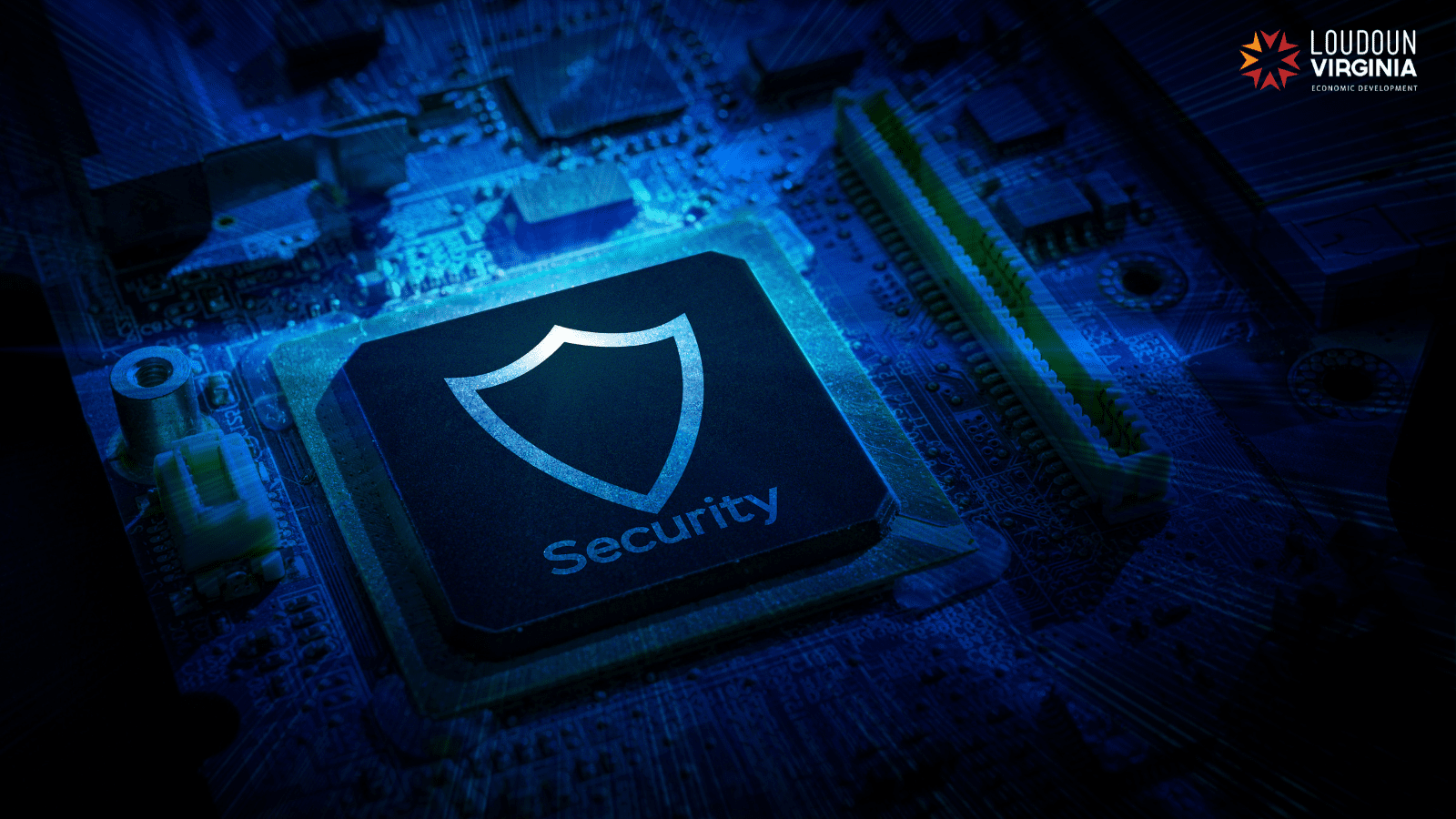As we hang up our boxing gloves on 2024, it’s time to think about what 2025 has in store. While this time of year lends itself to inner reflection, goal setting, and crafting resolutions, it also allows for a moment of reflection on “What’s Next?” in cybersecurity. New cyber threat predictions are constantly evolving, presenting an ever-changing landscape of risks. Safeguarding against these threats require intentional thought and action in order to address these emerging challenges.
Rise in AI Attacks
It didn’t take long for attackers to weaponize AI technology. Ransomware attacks are expected to become faster and more accurate in the coming months. AI enables more complex social engineering operations allowing hackers to steal identities to sell or distribute to other dark web criminals.
Geopolitical Cyber Warfare
The expectation is that attacks by various nations will increase. Critical infrastructure systems may be disrupted and the country’s capabilities tested. As these systems continue to become digitized, they become more vulnerable to attacks that could destabilize the economy and erode public trust. The far-reaching consequences are reason enough to be attentive and prioritize cybersecurity to build resilience.
Deepfakes and Media Manipulation
Deepfake scams are on the rise and are becoming more intelligent, making it harder for users to determine fact from fiction. These scams are leveraged for spreading disinformation, identity theft, fraud, and for bypassing system security requirements.
Humans: The First Line of Defense
The human factor remains one of the most significant vulnerabilities in cybersecurity. Awareness and training in 2025 are vital to empower individuals and teams to recognize threats quickly, more often, and how to respond effectively.
With threats evolving and on the rise, how can we protect ourselves?
Successfully countering cyber threats involves proactive education and awareness of the dangers these threats pose. When everyday people ensure their digital systems are updated and use multi-factor authentication wherever possible, they take steps that are key to protection. Tech users of any level need to be wary of scams and protect their personal data – if something feels ‘off’ about an email or text, don’t click any links or send any responses.
By staying informed, implementing security measures, and promoting a culture of cybersecurity awareness, society can mitigate risks and protect the digital future. Cybersecurity is not something to do once and forget about – it’s an ongoing process that requires vigilance, adaptability, and collaboration. So don’t put those gloves away just yet! Keep them nearby and be prepared to thwart cyber attacks all year long.
Interested in joining a cohort of like-minded individuals who are passionate about cybersecurity? Consider joining Loudoun CyberTech! The group meets in-person monthly and welcomes not only cybersecurity experts but also practitioners and policy makers from various tech fields such as artificial intelligence (AI), consulting, training, software development, and more.
Learn more and join the next session at meetup.com/loudoun-cybertech.
Publisher: Source link











